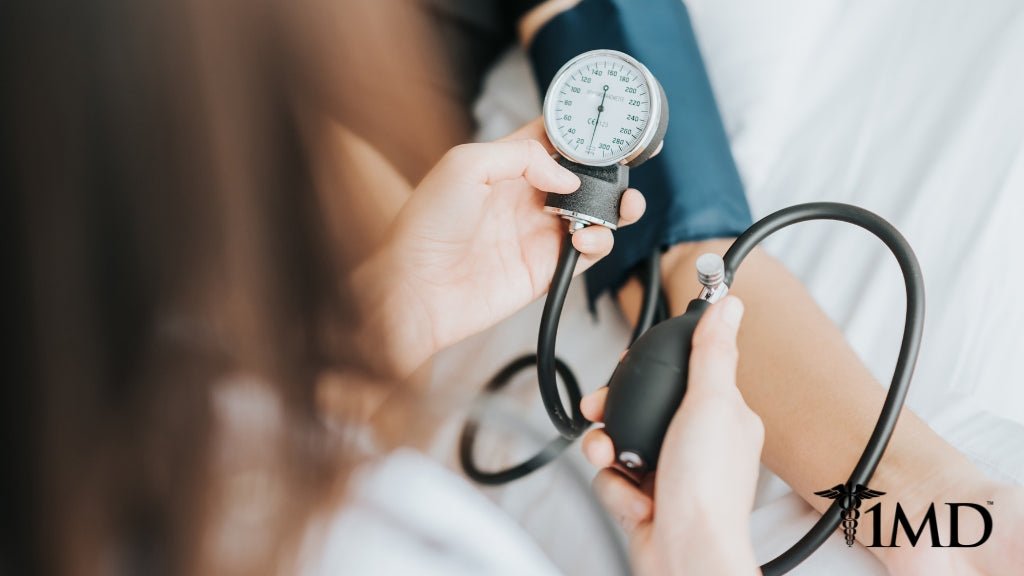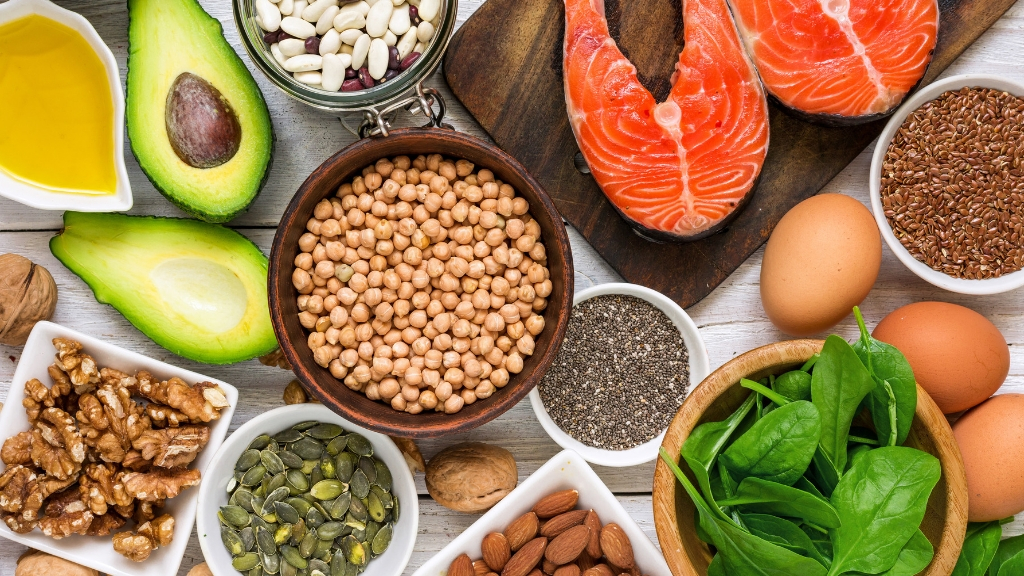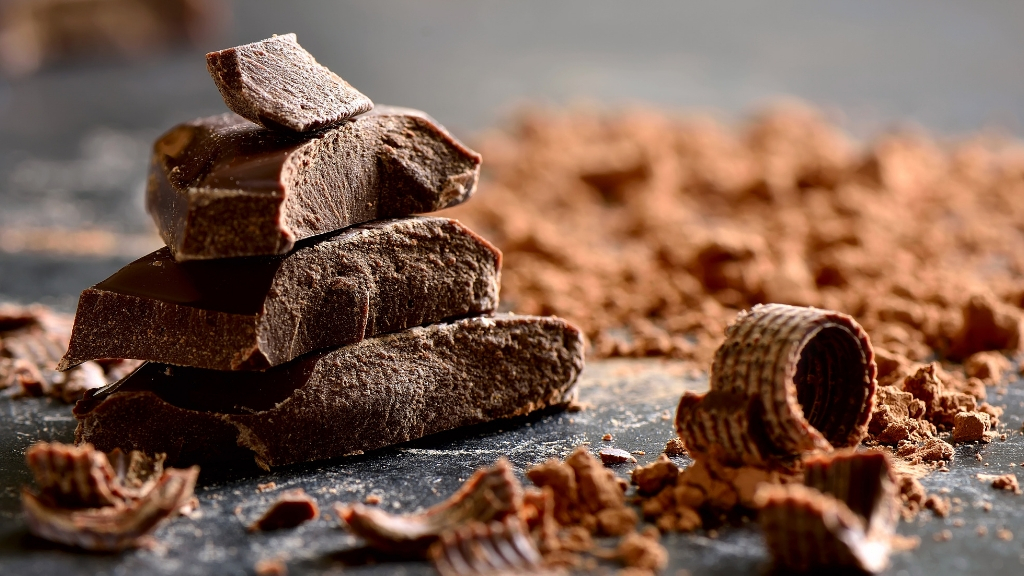8 Healthy Blood Pressure Tips to Start Today: Omega-3s and More
7 minute read
Your blood pressure is important—the higher it is, the higher your risk of future health problems. High blood pressure (hypertension) will put extra strain on your arteries, and they can become thicker, less flexible, and weaker over time.
Thickened, inflexible arteries can cause clotting, which may lead to a future heart attack, stroke, kidney disease, or dementia. If your arteries are weakened, the extra strain that results can lead to that artery bursting, which can also lead to heart attack or stroke.
The good news is there are many different ways you can support healthy blood pressure. The following are some suggestions you can take, or you can mix and match them to give yourself the greatest odds.
Tips for Healthy Blood Pressure
1. More Omega-3 Fatty Acids
Found in fish and seaweed as well as some nuts, omega-3 fatty acids support healthy blood pressure. It’s been proven that omega-3 consumption can provide heart benefits as well as a lowering of triglycerides.
The best way to increase omega-3 fatty acids is by adding more foods that contain this powerful nutrient to your diet. To ensure you are always getting enough, try adding to a bioavailable krill oil supplement that contains heart-healthy omega-3 phospholipids and omega-3 triglycerides.

The American Heart Association recommends 1,000 mg of omega-3s daily to help control high blood pressure and heart disease. Krill supplements offer a very efficient way of hitting that level.
2. Sodium and Potassium Balance
Sodium has long been connected with blood pressure, and reducing salt intake is usually the first step in controlling hypertension. But in addition to limiting salt, elevating potassium is now suggested.
Potassium lowers your blood pressure by balancing out the salt you consume. Even if you think you’re salt-free because you never touch the shaker, you’re still probably consuming way over the recommended daily allowances of salt. It’s a sneaky substance that shows up in many of the prepared foods you eat every day.
3. Quit Smoking
If you haven’t done so already, it’s time to quit smoking. A cigarette can raise your blood pressure by as much as 10 mm Hg for an hour. Meaning a pack-a-day smoker is constantly elevating their blood pressure.
If you’ve switched to e-cigarettes or vaping to be “healthier,” the bad news is e-cigs with nicotine still raise your blood pressure and heart rate. The suggestion to quit smoking extends to e-cigs as well.

4. Cut Back on Alcohol
Too much alcohol can raise your blood pressure. Having more than three drinks in one sitting can temporarily increase your blood pressure, but it’s believed that repeated binge drinking will lead to a long-term increase.
If you want to continue drinking, it’s thought that one drink a day is safe and will not raise your blood pressure.
5. Switch to Dark Chocolate
Chocolate is a favorite of many people, it makes them feel calm, happy, and like they’ve had a treat. But milk chocolate does not have the health benefits that dark chocolate does.
The antioxidants in the flavonoids found in dark chocolate may help lower your blood pressure. Of course, this should be done only in moderation. A small square of dark chocolate a day makes a great treat with healthy benefits.
6. Breathing Exercises
Deep breathing exercises and regular meditation or the addition of yoga to your daily routine can relieve stress and reduce blood pressure. Even spending as little as five minutes a day in concentrated breathing using proven techniques can help you lower your blood pressure.
7. Spend Time in the Sun
Vitamin D may play a big role in blood pressure. There’s still some research that needs to be done to conclude a definitive relation, but it’s clear that vitamin D is an important nutrient for overall health.

If you’re interested in raising your vitamin D levels, the best way to get it is by exposing your skin to the sun. The ultraviolet rays from sunshine very effectively deliver vitamin D to the body.
The rule of thumb on how much exposure you need is half the time it would take you to get a sunburn. There is no way to set a number of minutes because different skin colors react differently to the sun and different parts of the world receive sunshine in different strengths.
8. Exercise
Routine exercise can lower your blood pressure. There are several different ways that exercise will help control your blood pressure. Regular exercise makes your heart stronger, meaning that it can pump more blood with less effort.
| Related: Curcumin & Krill Oil: A Powerfully Healthy Combination |
Being active also can lower your systolic blood pressure, some see so much benefit they don’t need medication to regulate their blood pressure.
Another way exercise plays a role is that it helps maintain weight, which is a key factor in supporting healthy blood pressure.

Aerobic exercise is the best for controlling blood pressure. You can elevate your heart to aerobic levels by doing household cores like mowing the lawn, raking, gardening, and cleaning or you can perform regular exercise and sports to hit that fitness level.
The Bottom Line
If you’re looking to reduce or maintain your blood pressure in a healthy range, there are a number of things you can do without having to take medications.
The first step is usually to control your diet by limiting sodium and greasy foods and increasing your potassium intake. You will also be told that omega-3 fatty acids are important, which can be increased through more consumption of fish or taking a krill oil supplement. As a bonus, dark chocolate can be added to your diet to improve heart health, too.
Once your diet has been adjusted, it’s time to embrace a non-smoking lifestyle that features exercise and thoughtful breathing techniques. Add a little cardio in the sunlight and you’ve got the healthy lifestyle you want and you can reap all the benefits it provides, both to you and your heart.












